After our drive West through Austria and Germany, we arrived in France. We chose the area of Normandy, and we have rented a farmhouse for the month of October.
Normany occupies 18,000 miles with a population of 3.5 million people which is 5% of France. It is divided into two regions - Lower Normandy (where we are living), and Upper Normandy. The word Normandy is from the Vikings - "Northmen" - in the 9th Century. In 1066 Normandy and England were linked by Norman and Frankish rulers. Upper Normandy is famous for it's part in WWII, D day landings on the Normandy beaches under the Code Name, Operation Neptune. Upper Normandy has more industry. It is a cider producing area, and a famous apple brandy, Calvados. Lower Normandy is agricultural with cattle being the main agricultural product. The area is referred to as a "Bocage" - which is a patchwork of small fields with high hedges. Currently in this area there are 3 French nuclear power stations.
VISITING THE D DAY SITES IN NORMANDY
We took a private tour of the Normandy sites where the US was involved in the D Day landings. It was called "Operation Neptune", and all of the allies landed on June 6,1944 at 6:30AM. There was an airbourne assault, and two landings by sea - Omaha Beach, and Utah Beach. The plan was to have 13,000 American paratroopers land in a small village called St-Mare-Eglise to cover the right flank of the beach landings. There were two divisions that landed in this area - the "Screamiing Eagles" and the "AA's". Hitler had been diverted to Calais, so the area was not as well protected as the Germans would have planned. When the Americans landed in St-Mare - Eglise, two of the paratroopers got trapped on the church. One was shot by a German, and the other was wounded. This town was claimed the first to be liberated by the Allies.
ST - MARE- EGLISE 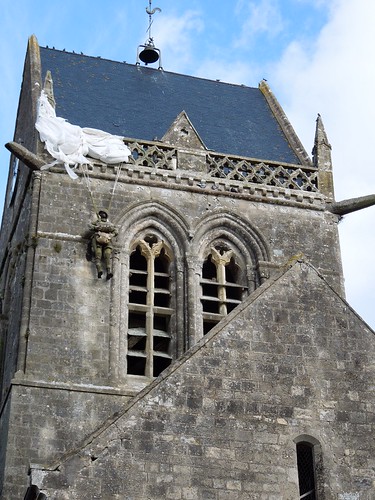 Paratrooper caught on the cathedral spire
Paratrooper caught on the cathedral spire
OMAHA BEACH
Omaha Beach. The 1st and the 29th infantry landed on the beach. The beach was heavily fortified, and because of the high cliffs, and the relative advantage of the Germans on top of the cliffs, 5,000 of the 50,000 who landed on the beach lost their lives. The first troops to land were the main casualities. Of the 16 tanks that landed only 2 survived. The infantry had to scale the bluffs, and were in a disadvantaged position.

POINTE DU HOC
Pointe du Hoc This was an area on the beach where the Germans had placed 4 heavy cannon and armament facilities. The Army chose 225 Rangers under the command of Lt Col James Earl Rudder. They landed at 5:30AM on the beach and scaled the 100 foot cliff to take the coastal defense guns that were aimed at Omaha and Utah Beach. The guns had been moved because the German's wanted to build a "cover" for the 4 large cannons. The Rangers had to go inland to locate the cannons. The Rangers held this area for two days, and lost 135 of their men (60%).
UTAH BEACH
Utah Beach This was the most successful of the beach landings. The 101st airborne, and the 4th infantry division were united in this area. Their were only 197 casualties out of the 23,000 that landed on the beach. They were able to press inland.
THE AMERICAN CEMETARY
The American Cemetary This is a very impressive War Memorial. The Americans were able to have their bodies repatriated if they desired. They were the only Allies that were able to do this. However 9,387 Americans are buried in this cemetary. 1,557 who lost their lives, and their bodies have not been found, are honored here also. Theodore Roosevelt, Jr. and Quentin Roosevelt, both sons of the President Roosevelt were buried here. Their is a short film at the entrance of the cemetary, and Karen (my friend who is visiting) and I were able to participate in the lowering of the American flag ceremony at the end of the day.
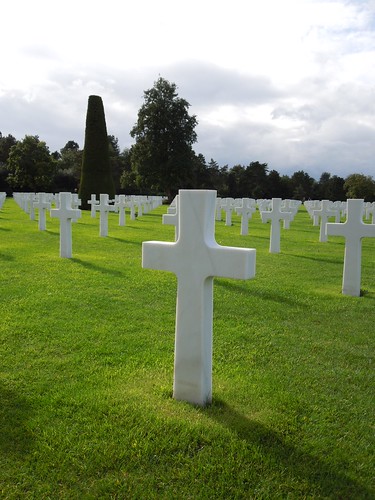 Crosses and Star's of David were simple. Name, Rank, Serial Number on one side with date of Death. Other side is same memorial.
Crosses and Star's of David were simple. Name, Rank, Serial Number on one side with date of Death. Other side is same memorial.
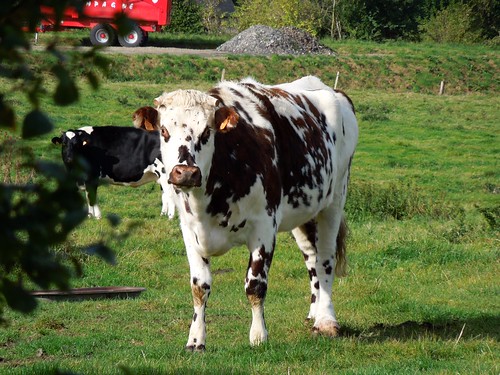 The Normandy cows are very curious and unafraid. When the Germans were hiding in the fields, the cows would walk over to them, and give their hiding places away.
The Normandy cows are very curious and unafraid. When the Germans were hiding in the fields, the cows would walk over to them, and give their hiding places away. THE FLAG CEREMONY AT THE AMERICAN CEMETARY.
KAREN AND I PARTICIPATED IN THE CEREMONY.
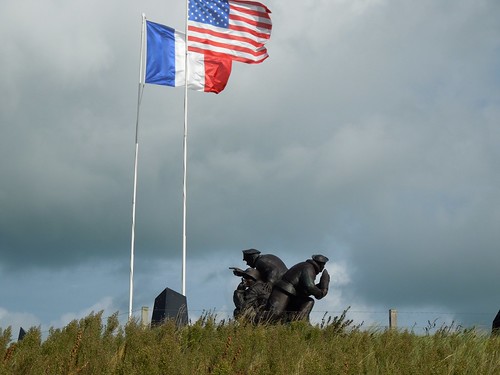
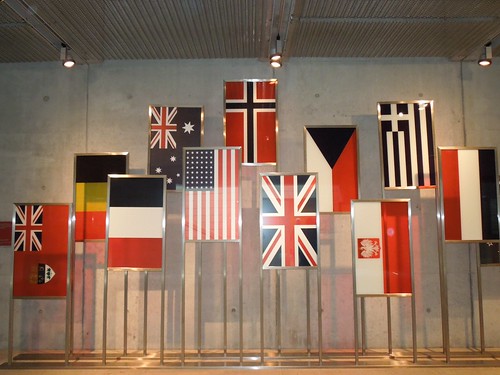
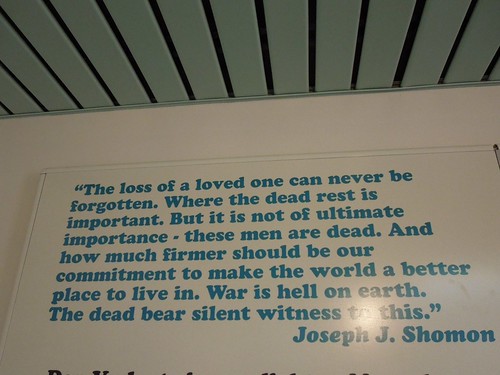
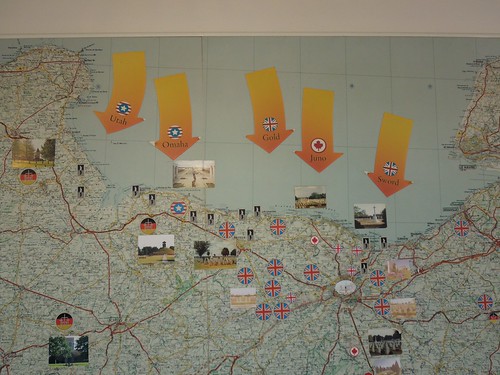
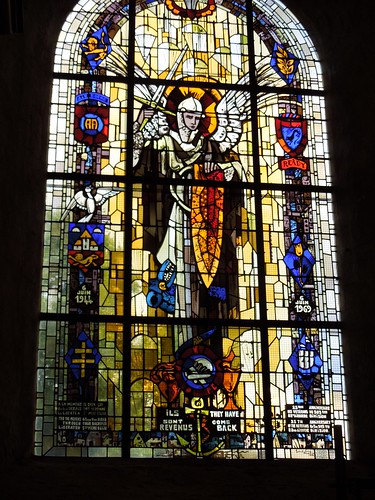

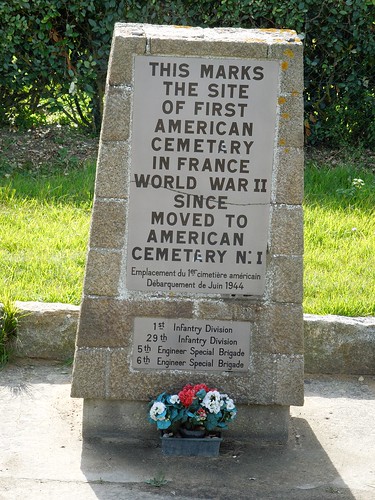
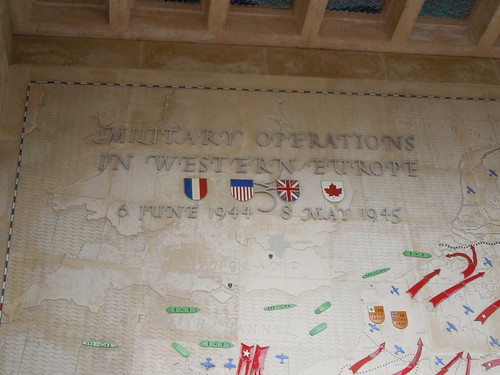
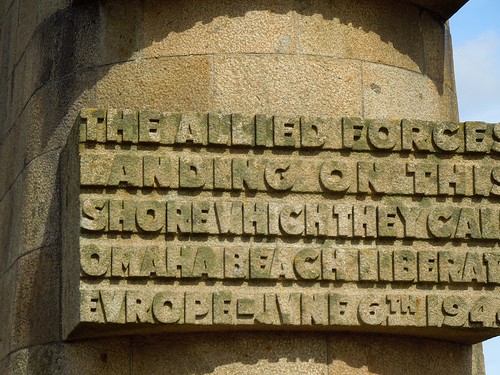
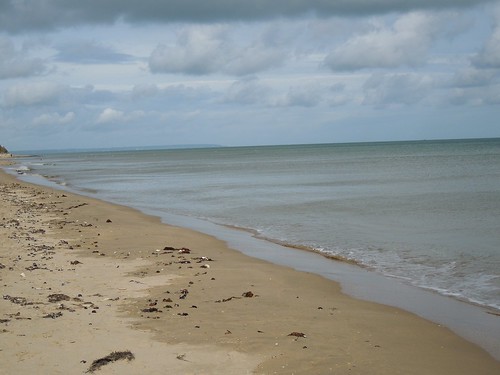
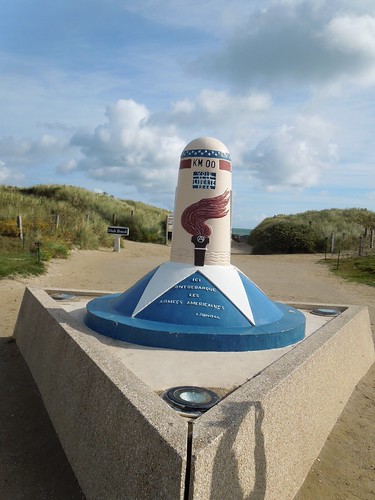
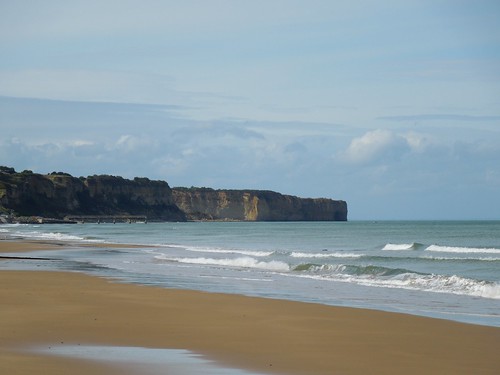
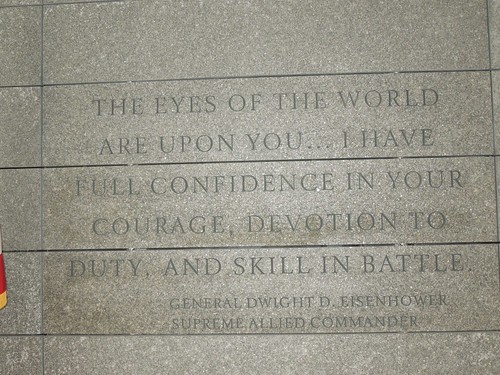

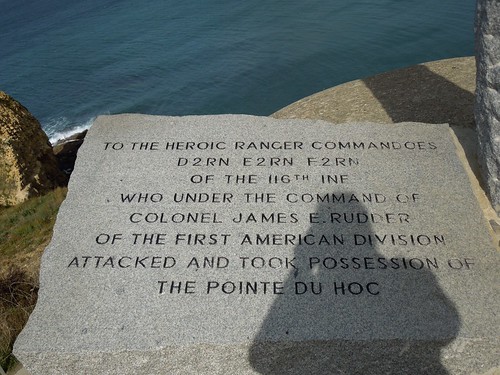
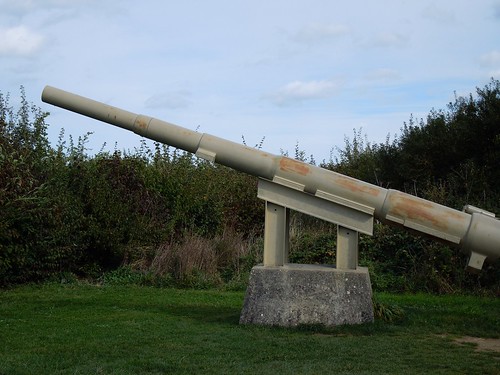
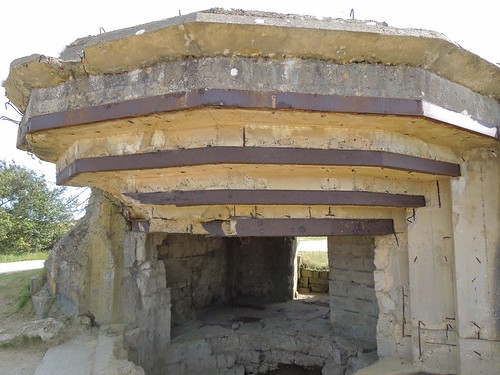
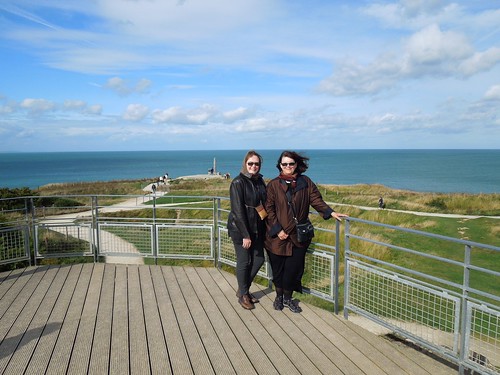
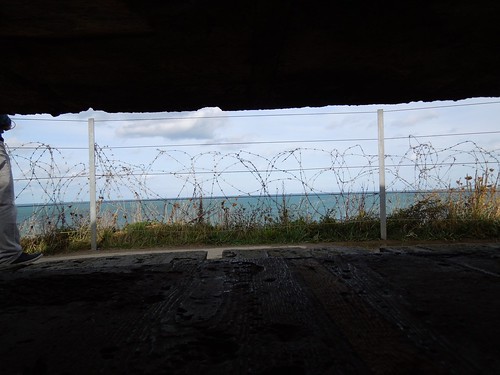

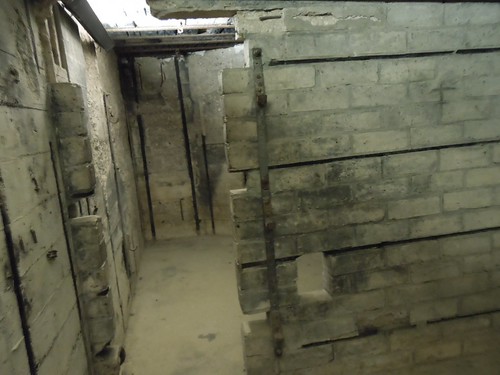

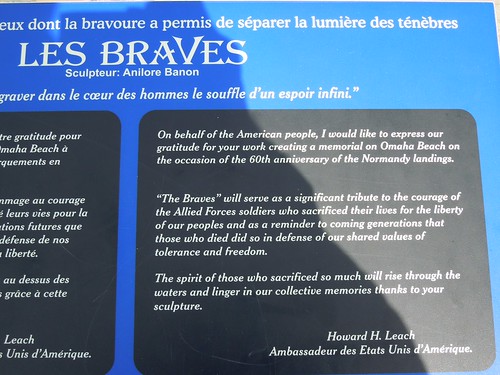

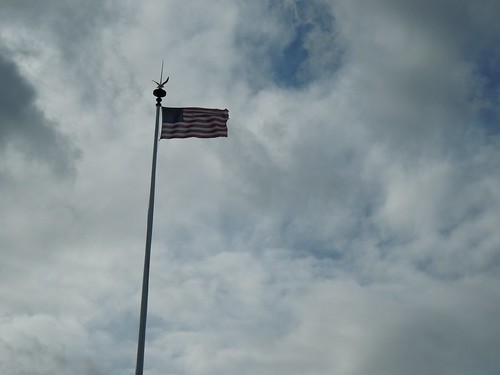
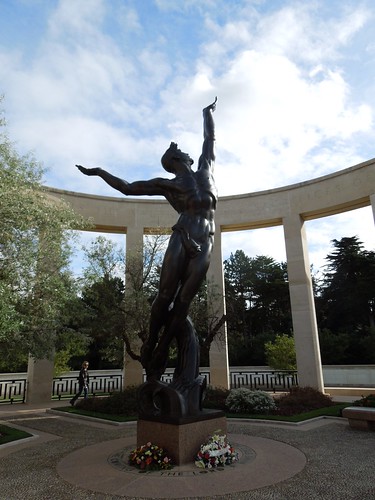
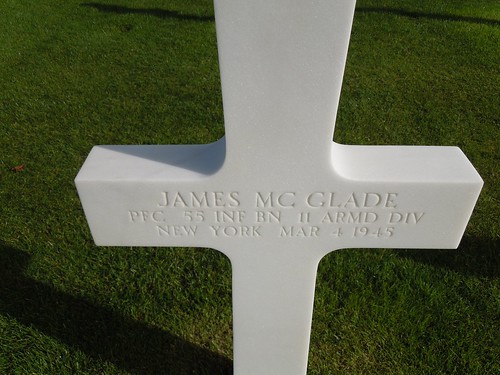
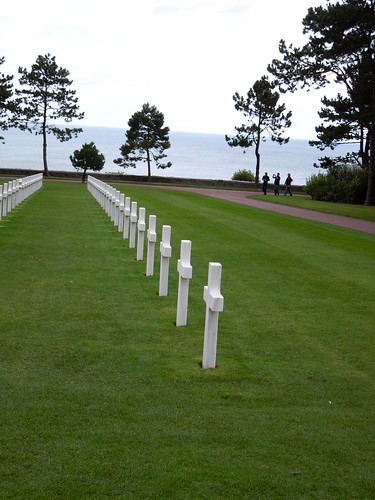
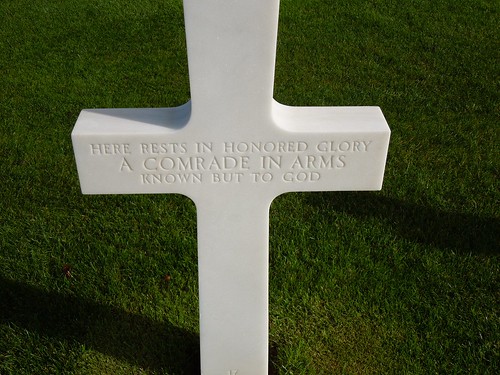
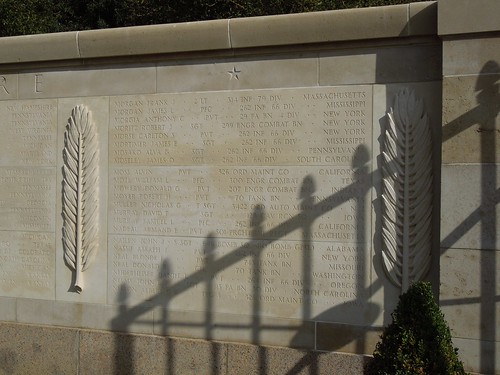

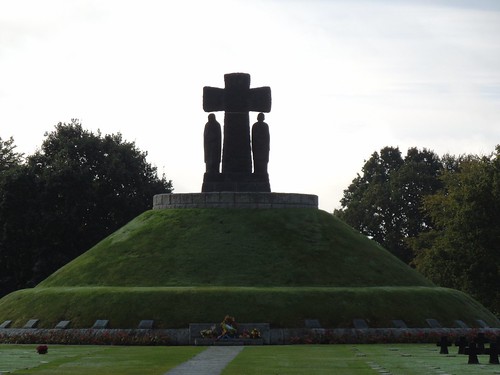


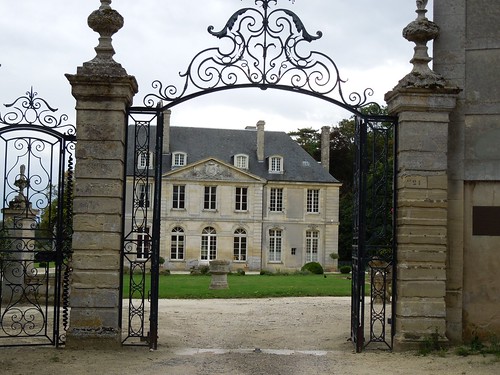
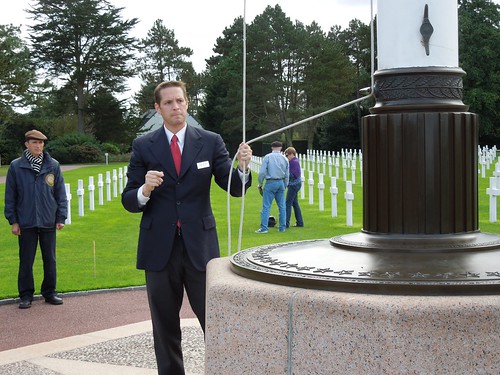
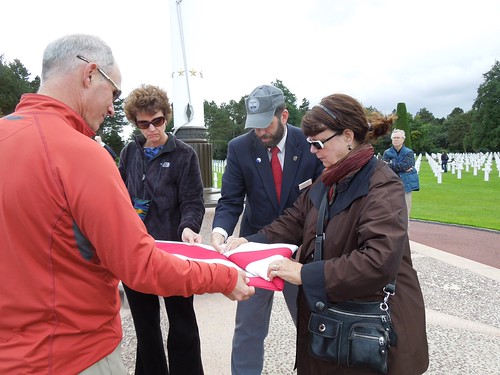
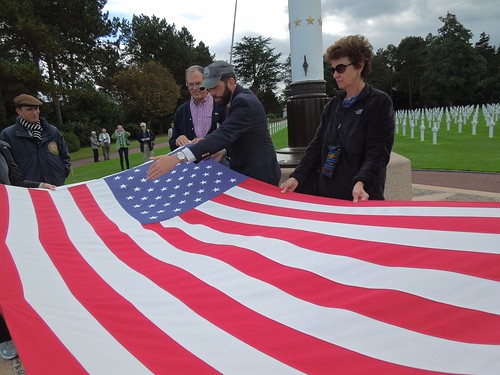
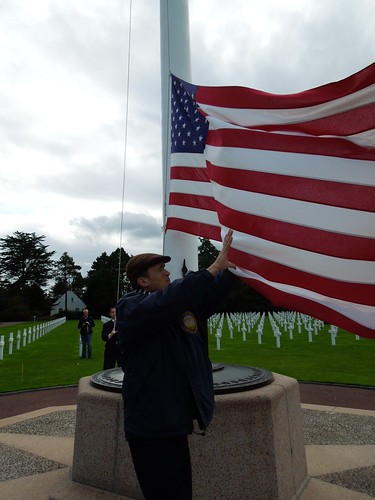
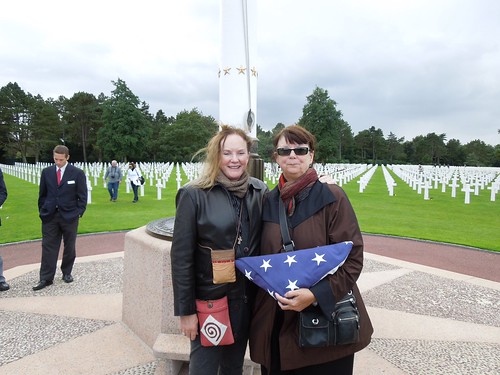
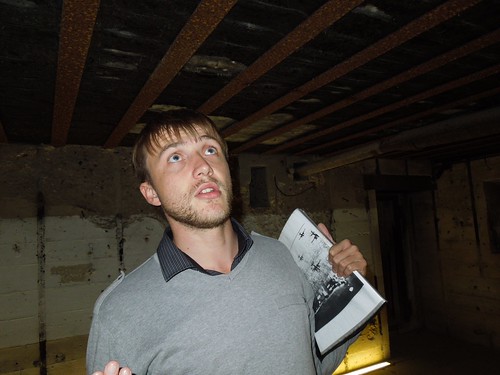
No comments:
Post a Comment